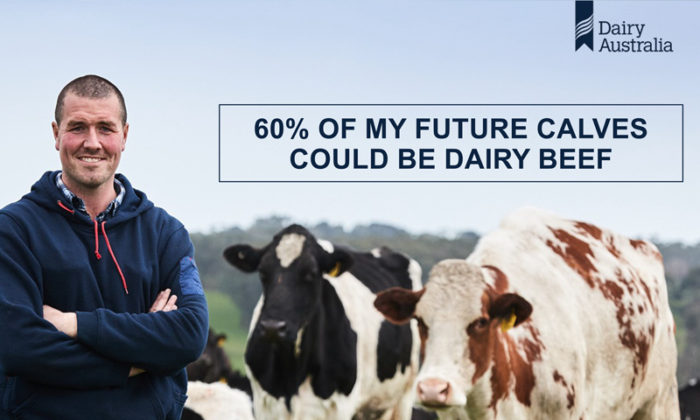
After investing time, money and effort in genetic improvement for 30 years with no significant result, the Australian dairy industry came to a crossroads in the early 2000s – to continue, or concede that enough is enough?
Fortunately, it took the former route. An enduring persistence coupled with an incredible advancement in technologies since 2010, in a way that’s unheard of in the 100-year history of breeding, has seen the industry make remarkable advancements in cow improvement; from new traits to new features, functions, and ways of operating.
There’s now more than 200,000 animals in the reference population for the dairy industry. A hair sample from a dairy cow gives an estimation of a Balanced Index with 80 percent accuracy. The industry is working with an 88 percent accuracy predicting production from a DNA test, and 70 percent accuracy for fertility.
With any animal, anywhere in the world with a DNA test able to get an Australian Breeding Value of these accuracy levels, Dr Nation reflects on the enormity of the advancements.
“When I started in the genetics industry, our capacity to improve genetics was 300 young bulls purchased every year, semen collected and distributed, and we’d wait for their progeny to come through, and prove their merit through their progeny – a six to seven year adventure, with 300 bulls at a time,” he says.
“Now we routinely screen with genomics, 5500 animals, young males, every year from anywhere in the world.”
Eighty percent of the genetics utilised by the Australian dairy industry are imported from overseas. It’s a huge global engine intent on screening bulls, finding the best genetics, and bringing them home. While the dairy industry as a whole has created the platform, the commercial sector is driving the industry forwards. The national industry benchmark parameter for getting cows in calf is 110 for fertility, meaning 10 percent more cows in calf in six weeks. With the commercial sector putting that amount of pressure on young animals coming to Australia, the economic benefits are far-reaching.
As the results continue to grow, so too does the overlap between the Wagyu sector and the dairy industry. Young females are being genomically tested so economic decisions can be made based on their genetic merit.
Selectively using sexed semen and elite genetics on the best young stock and rearing dairy replacements from those frees up the rest of the herd to think about how the two industries partner.
“This is real, this is happening, we are seeing it and It is a genuine scenario, where 60 percent of a farmer’s future calves will be expected to be dairy beef and have a viable part in the beef sector going forwards,” Dr Nation says.
“Our future only gets closer together and the sustainability of both our industries all happen together simultaneously.”

Dr David Nation
Managing Director, Dairy Australia
WagyuEdge 2022 Conference keynote speaker. Watch the video of his full presentation explaining the challenges the Dairy Industry faced in the 2000s and how they went about to solve for it.
